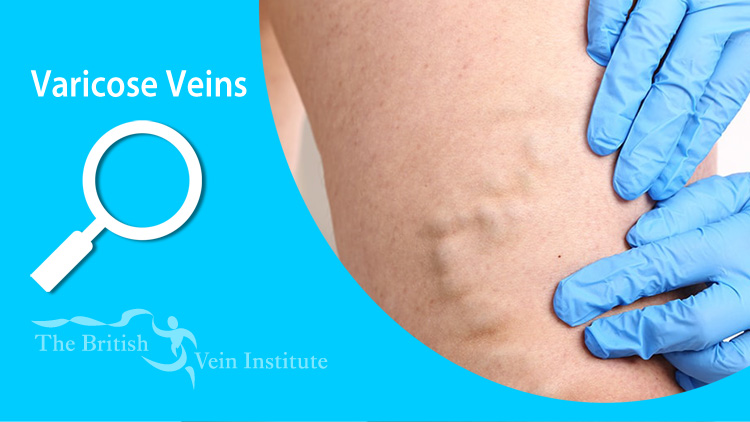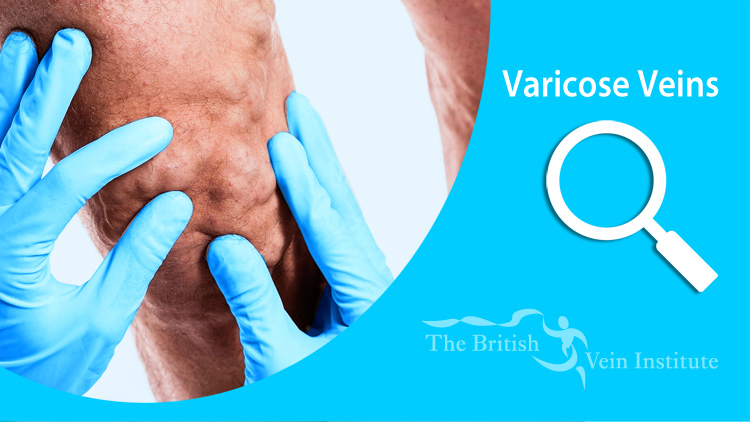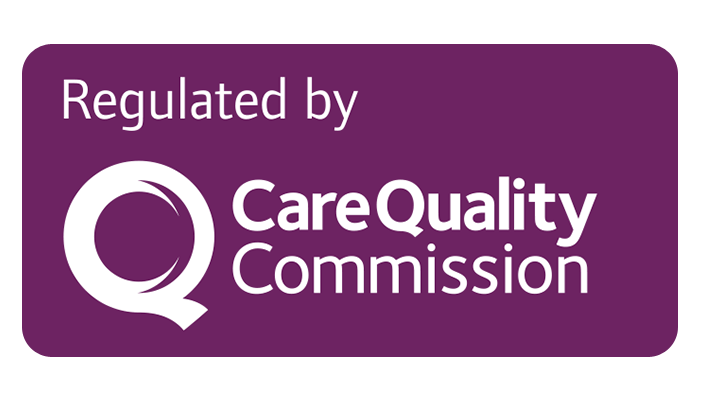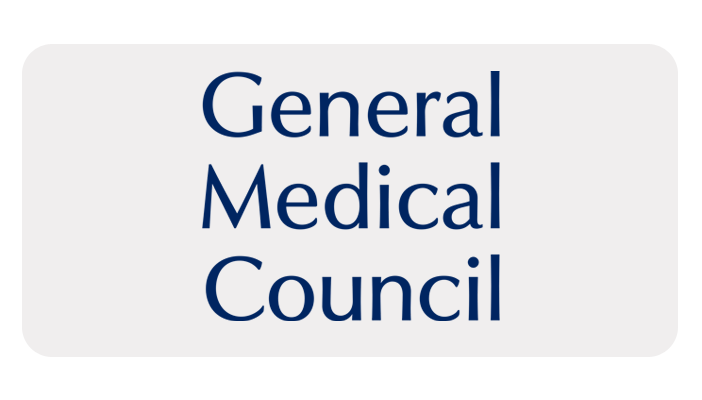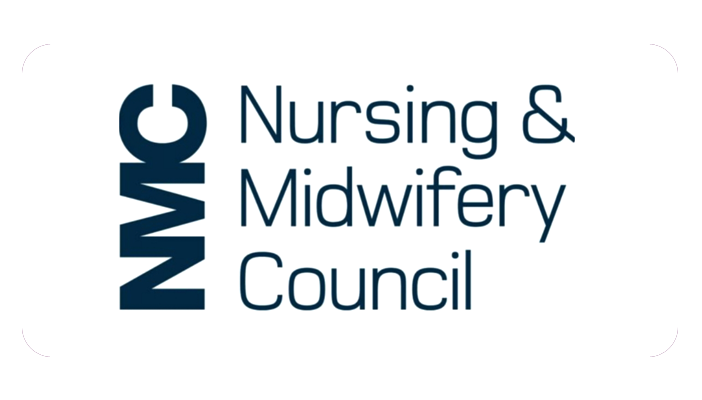A recent study showed that where both parents had varicose veins there was an 80% chance of their children developing varices. Varicose veins occur as often in men as in women. Many people know of other family members with the same problem.
Environmental factors also play a large part in the development of varicose veins and thread veins. Prolonged standing – especially for those empployed as nurses, sales assistants, flight attendants, waitresses and teachers - causes varicose veins. Diet may also be a factor. Our Western diet with its high content of fat and refined sugar and with low fibre content may contribute to the development of varicose veins.
Varicose veins may also occur more often with advancing age, but may appear at any time of life. Small varices are sometimes seen in school children.
-Hormonal changes at puberty, pregnancy and the menopause also result in the development of varicose and thread veins. As many as 70 – 80% of pregnant women develop varicose veins during the first trimester. Pregnancy causes an increase in hormone levels and blood volume which in turn causes veins to enlarge. Later in pregnancy, the enlarged uterus causes increased pressure on the veins in the pelvis. 60 – 70% of varicose veins due to pregnancy will disappear within a few weeks of delivery, but some varices will persist.
-Little research has been done to investigate the role of the pill and hormone replacement therapy (HRT) in the development of varicose veins. These probably have no influence on them. One thing that smoking does NOT cause is varicose veins.
Close X
